Pieces of furniture and inlays
Paesina Stone for its singular and rare drawings and its chromatic variants, until the 16th was used not only in Florence, but also in other locations, in inlays for furniture, drawers but also in other pieces of furnishings and fittings, in the decoration of ambiences and in the production of furnishings that were cited for the first time only in 1664 by Prof. Athanasius Kircher, a German nobleman who described them not only in their scientific aspect, but rather in their aesthetic. He in fact had noted on the linings of the altar of S. Sebastian in Rome, some strange marble with figures similar to a city in ruins. This marble “ruiniform” came from Florence where it was extracted in great secrecy in some areas.
From the 17th century the decorative use of Paesina Stone spread also in France, England and Germany; where it was in fact considered, also for its rarity an ornament among those which were the most precious and therefore very much sought after and in great demand in the Royal courts of the era.
Many pieces were realized, some unfortunately, have not survived in time and above all the warlike events of the 1900’s.
As regard the Paesina Stone used for the decorations in almost the entirety of the cases, the stones come from the Florentine area of which we are able to recognize the location of the extraction and absolutely where the vein is located.
Anyone who would be interested to have greater information or even to find stones of the same type as those ancient stones (restorers of historical furniture or artistic works) may contact us. For information write to: paesinastone@libero.it
In this section we have collected some photographic testimonies.
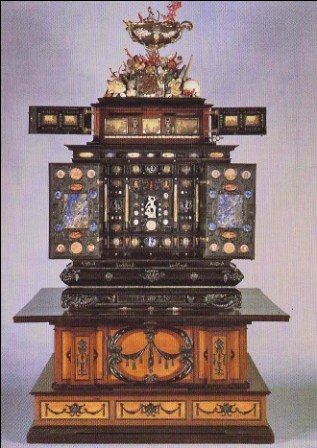
Furniture of Florentine workmanship from 1630 that was donated to king Gustav Adolph of Sweden. It is decorated with tiles and cabochons in semiprecious stones. In the upper part one is able to note the various parts in Paesina Stone.

An enlarged detail of the previous furniture
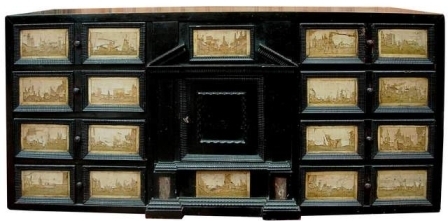
A small piece of furniture, made more precious by 18 fine slabs of Paesina Stone.
1600’s German-made (Augsburg); private collection.

An important piece of furniture, in the Louis 14th style from the 17th / 18th of Parisian workmanship embellished by a large number of slabs in Paesina Stone from Florence and Florentine Mosaic Art Technique.
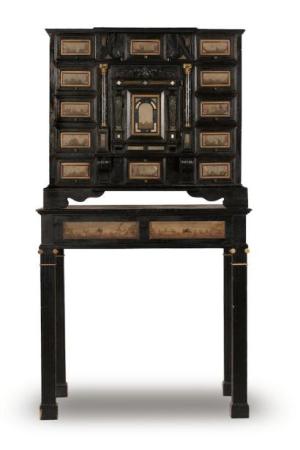
Piece of Furniture inlaid with 15 slabs of Paesina Stone; 1600’s italian made; private collection.
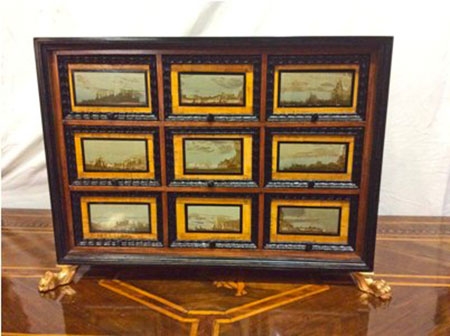
Cabinet modern manufacturing (2015) with our Paesina Stones
Work of Mr. C. Ronzoni – Cabiate (CO) – Italy
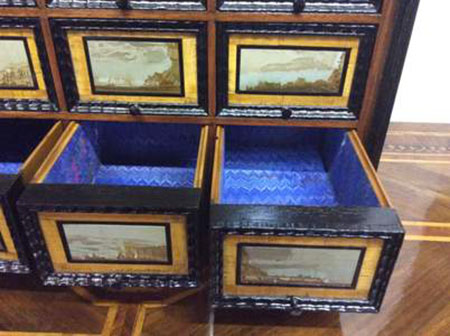
Drawers particular
Colle Val D’Elsa (SI); Cathedral 1600’s;
Chapel of the SS. Sacrament.
Above the altar one can note a long thread of oval slabs of Paesina Stone certainly of Florentine origin.
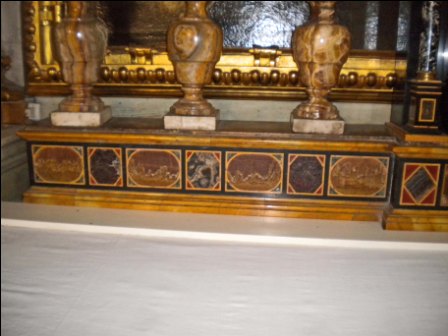
Colle Val D’Elsa (SI); Cathedral 1600’s;
Chapel of the SS. Sacrament; detail
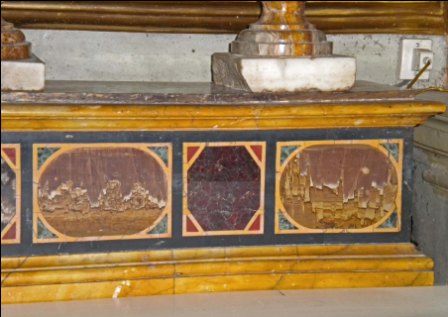
Colle Val D’Elsa (SI); Cathedral 1600’s;
Chapel of SS. Sacrament; detail
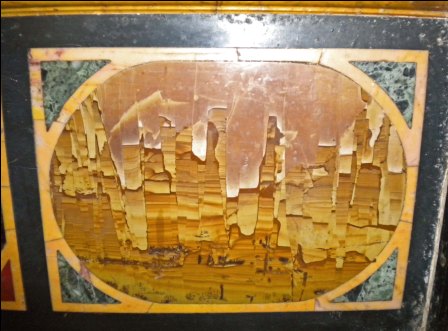
Colle Val D’Elsa (SI); Cathedral 1600’s;
Chapel of SS. Sacrament; Enlarged details
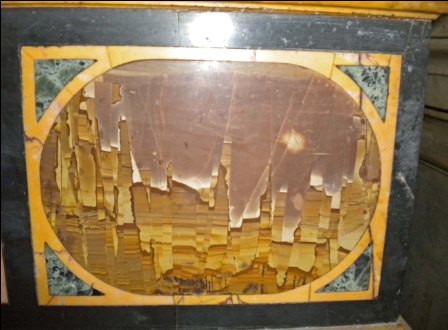
Colle Val D’Elsa (SI); Cathedral 1600’s;
Chapel of SS. Sacrament; Enlarged details
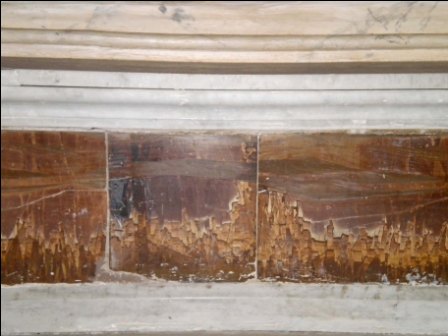

Colle Val D’Elsa (SI); Cathedral 1600’s, Chapel of the Ascension. Detail of the altar.
The Paesina Stone are certainly and unmistakably of Florentine origin
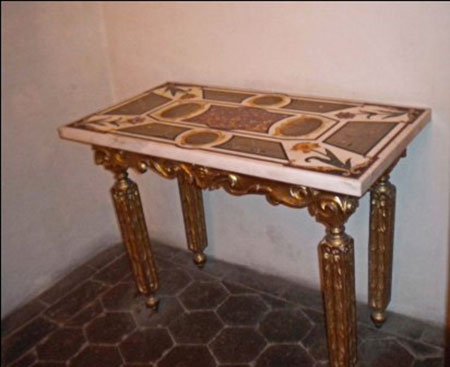
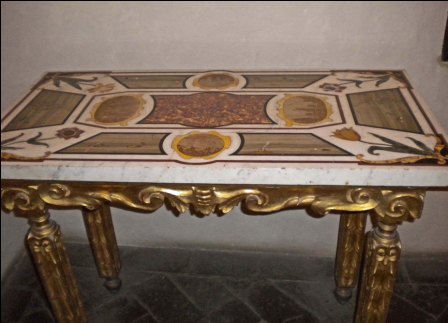
Florence; Palazzo Vecchio. Medici Monumental Quarters. Marble table inlaid with Paesina Stones and Lineato D’Arno.
Years 1545 – 1548.
Also in this case the stones are unmistakably of Florentine origin